TeleToyland Rolling Ball Machine - How It Works
For the TeleToyland Rolling Ball Machine (RBM), we started with a Chaos Tower from Chaos World of Motion. It's a great RBM building set with all kinds of gizmos for the balls to run through and bounce off of. Note that our RBM uses about 1/4 of the parts in that kit. We had started with a bigger one, but at the 320x240 video size, you really can't see the balls with a bigger setup.
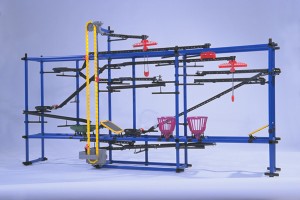
The ramps were the next challenge. The ramps that come with the kit are great, but are really two state: Each ball sets the state of the ramp as it rolls off. This is perfect for the toy, but we wanted to add an element of web control. If we added servos to those, they would just catch the balls. So, we needed to make our own ramps. To do this, we attached a servo and bracket to a long section of track, and used a short section of track for the ramp.
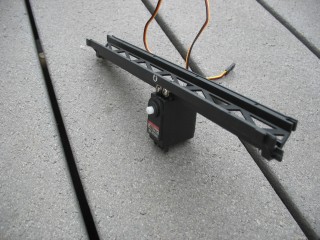
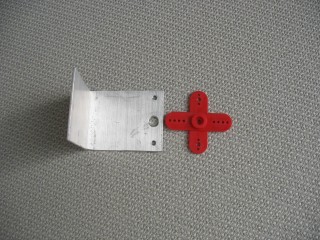
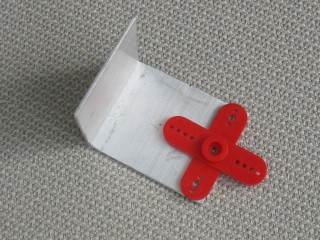
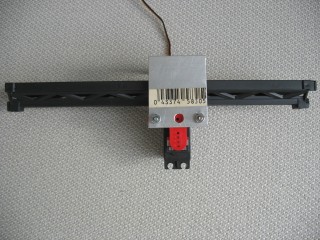
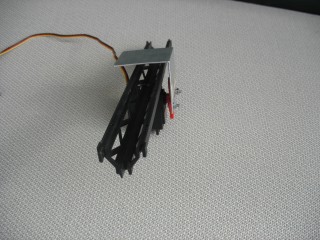
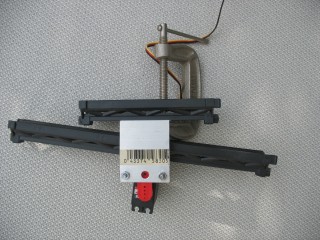
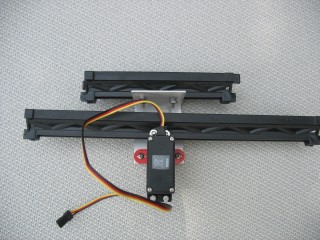
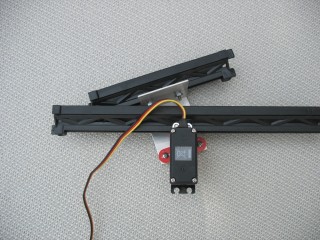
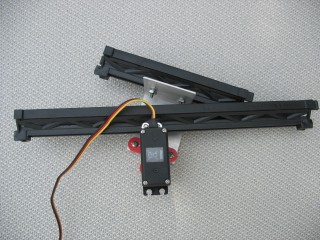
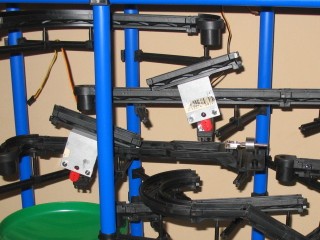
For the ball lift, we originally used a servo powered switch to turn the motor on and off - we got a plug and socket for the power adapter, and added the switch in between them. The motor would run a long time sometimes, though, so we added more JavaScript to the pages to turn off the lift automatically more often. Even with that, the gears eventually were stripped. So, the solution was to remove all the gears and motor from the motor housing and replace them with a standard hobby servo. The lower sprocket was hard to adapt, so we just made a new one out of polcarbonate, and attached it to the servo directly. It ended up working very well, and has lasted a long time.
The control system starts on the web server, where PHP scripts manage the inputs, and then make a connection to the PC that runs the servos. That PC is connected via the serial port to a Pololu Serial 8-Servo Controller, which allows us to set the servo speed to make the ramps not move too quickly. We used trial an error to set the left and right values for each servo.
The servos are Hitec HS-425BB hobby servos from Servo City, but they are carried at many online stores and hobby shops. There isn't anything special about these servos - just a nice combination of features and price.
The light is an LED bulb used as an incandescent replacement - probably around the same lumens as a 50 watt bulb. It's in a regular aluminum shop housing, with a Picoswitch servo controlled relay turning it on and off.


